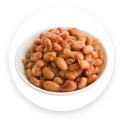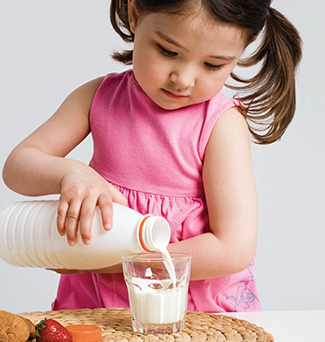While all those numbers may seem like a lot, consuming the recommended amount may be easier than you think! Here are some great calcium-rich options:
Food Serving
Milligrams (mg) of calcium
Food Serving

Milligrams (mg) of Calcium
350
Food Serving
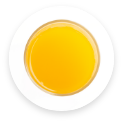
Milligrams (mg) of Calcium
350
Food Serving

Milligrams (mg) of Calcium
300
Food Serving
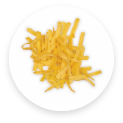
Milligrams (mg) of Calcium
200
Food Serving
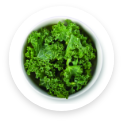
Milligrams (mg) of Calcium
100
Food Serving
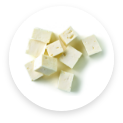
Milligrams (mg) of Calcium
65
Food Serving
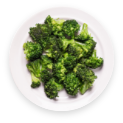
Milligrams (mg) of Calcium
60
Food Serving

Milligrams (mg) of Calcium
50
Food Serving
